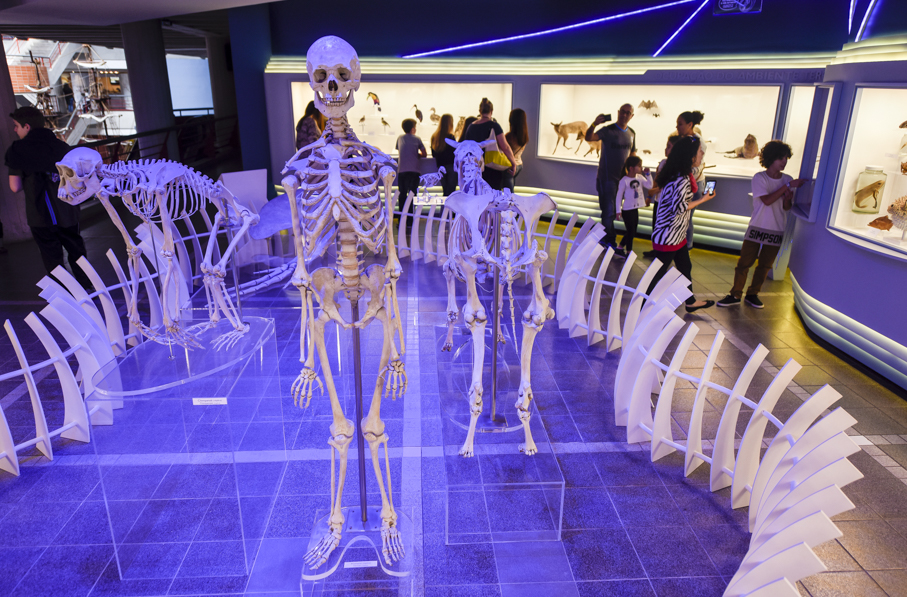MCT-PUCRS good practices featured at a meeting in the United Kingdom
Professor José Luís Ferraro participated in the meeting of the Science University in Museums (SUMs) group

MCT-PUCRS / Photo: Bruno Todeschini
Closing his activities as Visiting Professor through PUCRS-PrInt , Professor José Luís Ferraro participated in the meeting of the Science University in Museums (SUMs) group in the end of January. This edition of the meeting was hosted by the Great North Museum: Hancock, of Newcastle University. The meeting was chaired by Professor Paul Smith, director of the Oxford University Museum of Natural History (OUMNH). PUCRS Science and Technology Museum (MCT-PUCRS), as well as Universidade do Porto and Harvard University, is part of the group as a non-British participant.
SUMs meetings are held twice a year in England, and each of them is organized by a different museum. This meeting was attended by representatives from the universities of Oxford, Birmingham, Manchester, Cambridge, Newcastle, University College London, Universidade do Porto and PUCRS. The meeting’s agenda was related to the good practices developed in each science museum.
Ferraro spoke about the research he has been carrying out on education in science museums in the Graduate Programs in Education (School of Humanities) and Education in Science and Mathematics (School of Technology) at PUCRS. He also presented data from his research on “science capital” conducted during his period as a visiting professor at Oxford University.
One of the cases presented was about an interdisciplinary class taught at MCT-PUCRS to the class of Creative Workshop II: Poetry, PUCRS Graduate Program in Letters (Creative Writing). The joint project of professors José Luís Ferraro and Diego Grando drew attention because of its form of development. “Producing poetry after immersion in the museum space was a unique experience”, says Ferraro. The initiative is part of the idea that both researchers have explored on the interface between science and language: possibilities for the aestheticization of science.





